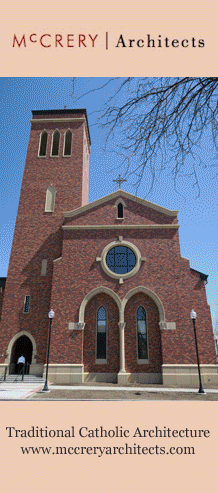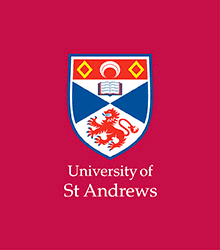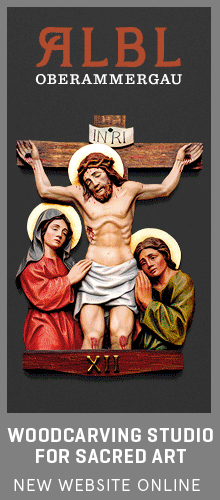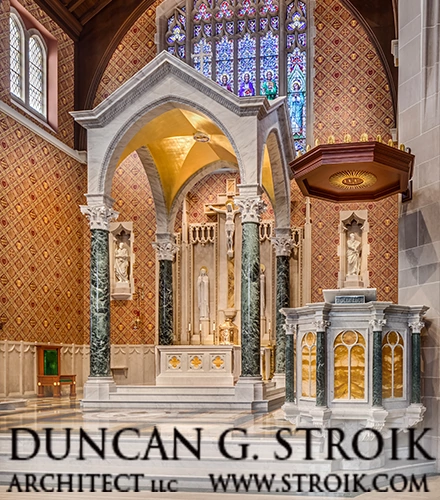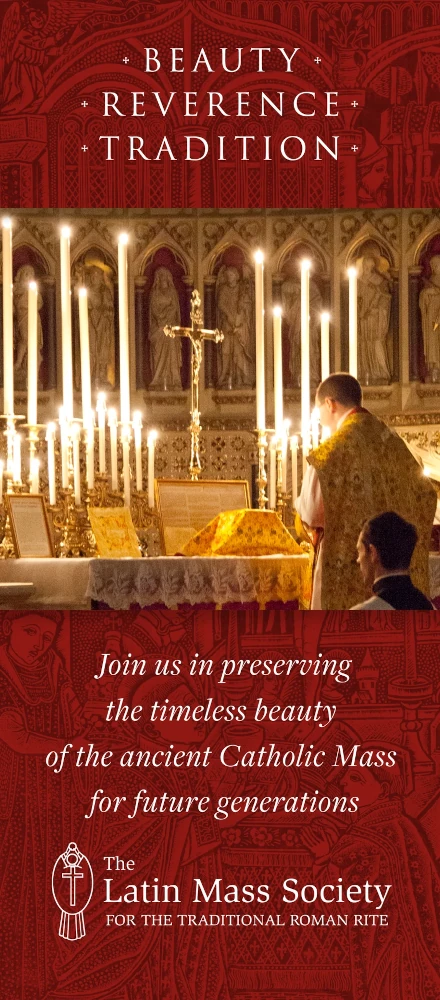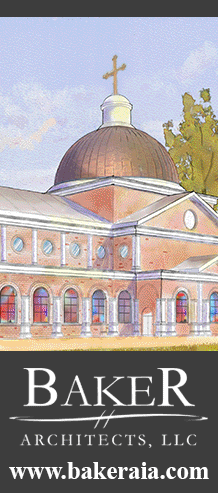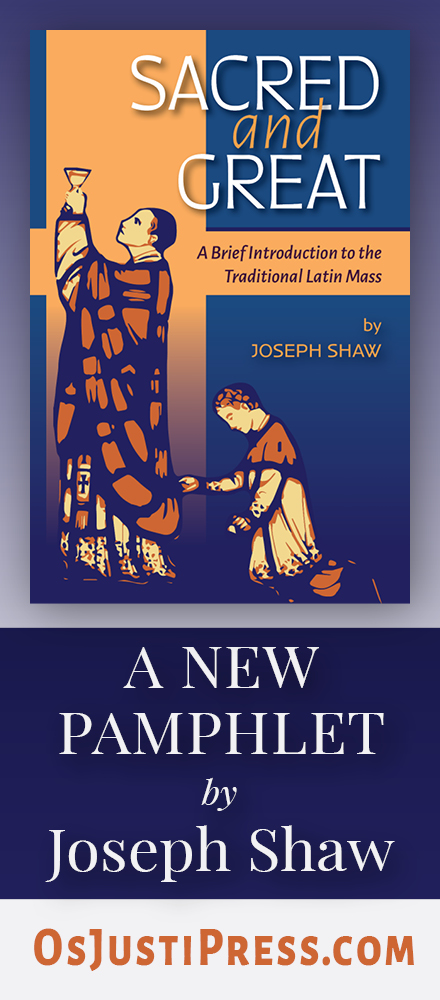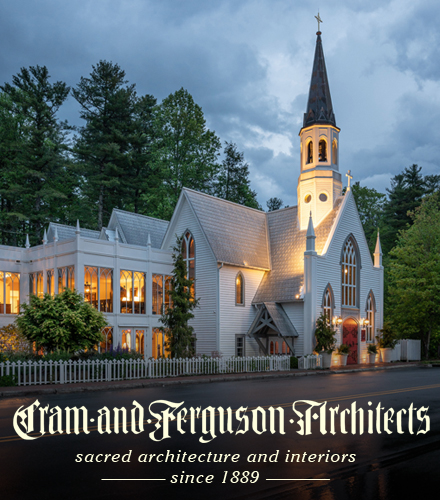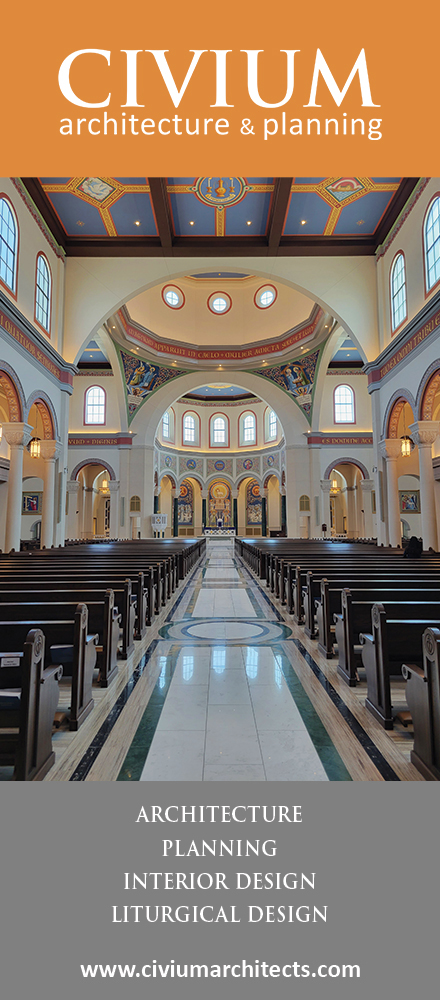One of the aspects of the MP that pleases me greatly is the Pope's reported emphasis on the idea of a single Roman Rite with two forms: ordinary and extraordinary. This makes a great deal of sense, though both traditionalists and progressives will resist the designation, and oddly for the same reason: each is invested in the idea of rupture over continuity.
At the CMAA colloquium last week, participants had the opportunity to sing for the same Mass (St. John the Baptist) in the same rite done in both the extraordinary form and the ordinary form--both in Latin. How do they compare? The designations fit in every way. The 1962 Missal form was elaborate and gorgeous, but would probably strike a modern Catholic who had never attended it as a bit remote from the congregation. The 1970 Missal was plainer, more accessible, more direct, but also very wonderful in its own way.
Certainly one could say that the old form was more robust, precise, and artistically multi-dimensional. While the new form was simpler and relatively linear in structure by comparison, it had a strong reach into the minds and hearts of the people, and seemed to call more on their own faculties in liturgical action. (I know these aren't universal features; I'm speaking only of the experience last week, and one could imagine the reverse.)
What was most striking were the threads of unity that connected the two forms. Both Masses were sung completely, including all propers from the Graduale and a full poyphonic Mass setting. And they were, in fact, clearly the same rite.
One mundane point that I couldn't help notice: the extraordinary form took one hour and 20 minutes. The ordinary form took one hour and 35 minutes.
Wednesday, June 27, 2007
Ordinary and Extraordinary Forms of the Same Rite
Jeffrey TuckerMore recent articles:
A Mid-Western Saint from Rome: Guest Article by Mr Sean PilcherGregory DiPippo
Thanks once again to our friend Mr Sean Pilcher, this time for sharing with us this account of the relics of a Saint from the Roman catacombs, which were brought to the cathedral of Dubuque, Iowa, in the 19th century. Mr Pilcher is the director of Sacra: Relics of the Saints (sacrarelics.org), an apostolate that promotes education about relics, and...
Fons et Culmen Sacred Liturgy Summit - July 1–4, Menlo Park, CaliforniaJennifer Donelson-Nowicka
You are cordially invited to the Fons et Culmen Sacred Liturgy Summit, which will be held from July 1-4, in Menlo Park, California!Fons et Culmen Sacred Liturgy Summit gathers together Catholics who love Christ, the Church, and the Church’s sacred liturgical tradition for: - the solemn celebration of the Mass and Vespers; - insightful talks on...
A Lenten Station Mass in the Roman ForumGregory DiPippo
Today’s Mass is one of the series instituted by Pope St Gregory II (715-31) when he abolished the older custom of the Roman Rite, by which the Thursdays of Lent were “aliturgical” days on which no Mass was celebrated. The station appointed for the day is at the basilica of Ss Cosmas and Damian, which was constructed by Pope St Felix IV (526-30) in ...
Do Priests or Religious Need Special Permission to Pray a Pre-55 Breviary?Peter Kwasniewski
On occasion, I receive an email like the following (in this case, from a seminarian): “Do you happen to know of any sources/authoritative references which you could point me to that explain why praying the Pre-55 Breviary definitely satisfies the canonical obligation for clerics or religious? As I am strongly desirous of the Pre-55 Liturgy, I ...
Early Bird Registration Discount for CMAA Colloquium Ends March 31st!Jennifer Donelson-Nowicka
Join us this summer for world-class training in the Church’s treasury of sacred music.Early bird registration discount ($50 for colloquium, $50 for Vocal Intensive course, $150 off for Chant Intensive) ends March 31st!Here’s a special invitation from our new president, Fr. Robert Pasley.The Church Music Association of America is pleased to announc...
The Annunciation 2025: Dante and the Virgin MaryGregory DiPippo
The specific date of birth of the great poet Dante Alighieri (1265-1321) is unknown, but this Thursday, March 27th, is the anniversary of his baptism, which took place during the Easter vigil of 1266. The language which we call “Italian” today originated as the dialect of his native region of Tuscany (more specifically, of the city of Florence, but...
The Messenger AngelMichael P. Foley
Anonymous, the Archangel Gabriel, depicted on the predella of the high altar at the subsidiary church of Pesenbach, Upper Austria, 1495In the traditional Roman calendar, the feast days of saints are sometimes clustered together to form archipelagos of holiness that allow the faithful to meditate longer on a sacred mystery. These archipelagos do not...
The Third Sunday of Lent 2025Gregory DiPippo
At that time: Jesus was casting out a devil, and the same was dumb: and when he had cast out the devil, the dumb spoke: and the multitudes were in admiration at it: But some of them said: He casteth out devils by Beelzebub, the prince of devils. And others tempting, asked of him a sign from heaven. But he seeing their thoughts, said to them: Every ...
Pictures of Montecassino AbbeyGregory DiPippo
Following up on yesterday’s post of pictures of the crypt of Montecassino Abbey, here are some of the main church and some of the things around it, starting with the most important part of it, the burial site of St Benedict and his sister St Scholastica, behind the high altar.As I am sure our readers know, Montecassino Abbey was heavily bombed duri...
The Prodigal Son in the Liturgy of LentGregory DiPippo
In his commentary on the Gospel of St Matthew, St Jerome writes as follows about the parable of the two sons who are ordered by their father to go and work in the vineyard (21, 28-32). “These are the two sons who are described in Luke’s parable, the frugal (or ‘virtuous’) and the immoderate (or ‘wanton’).” He then connects these two sons with the f...


